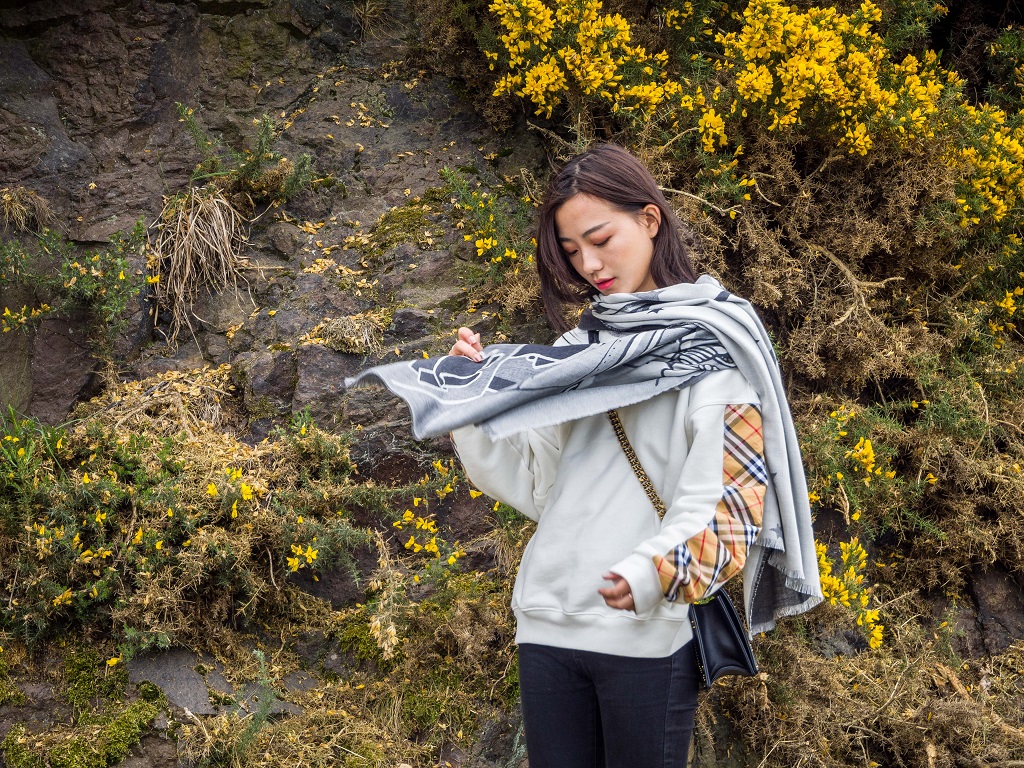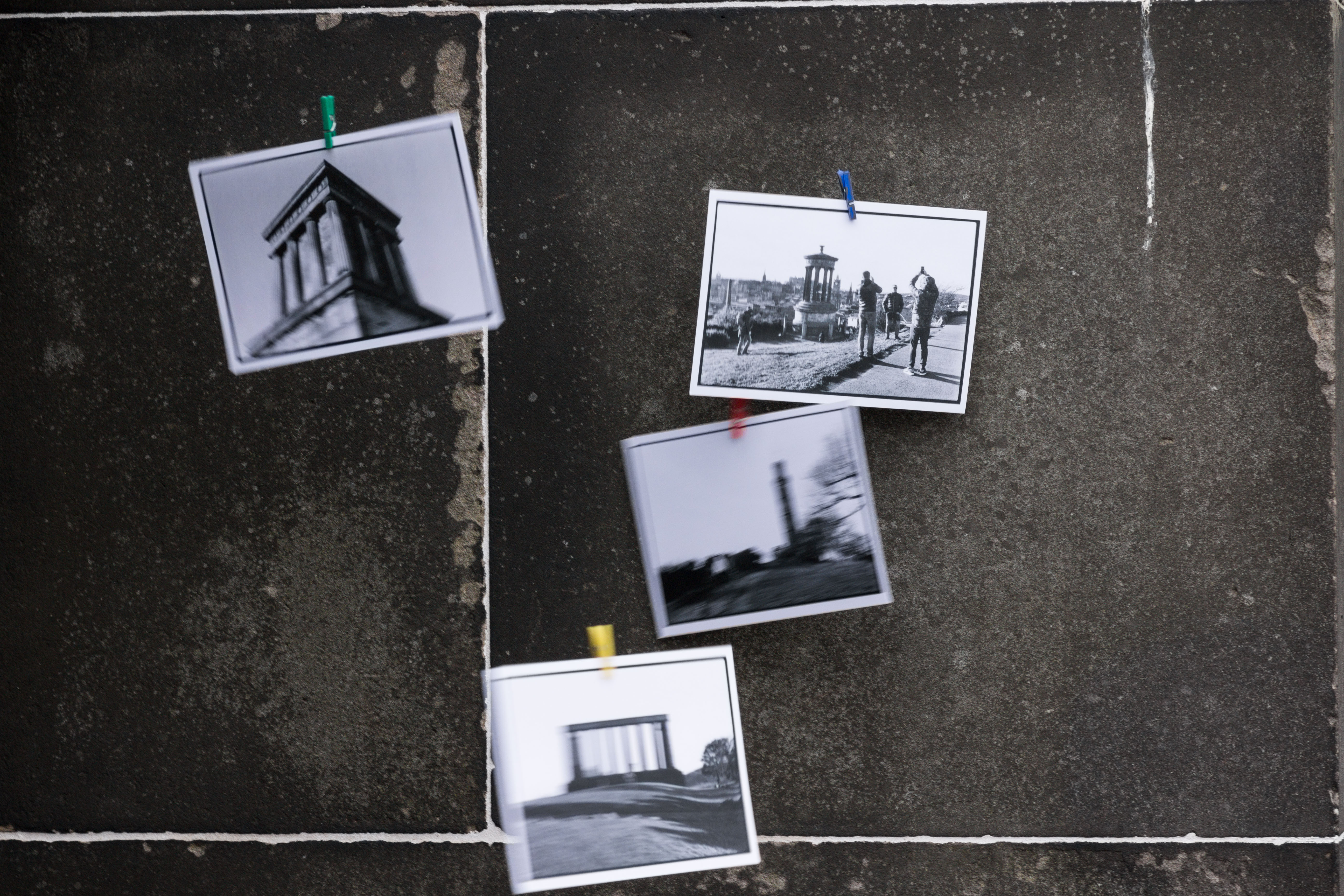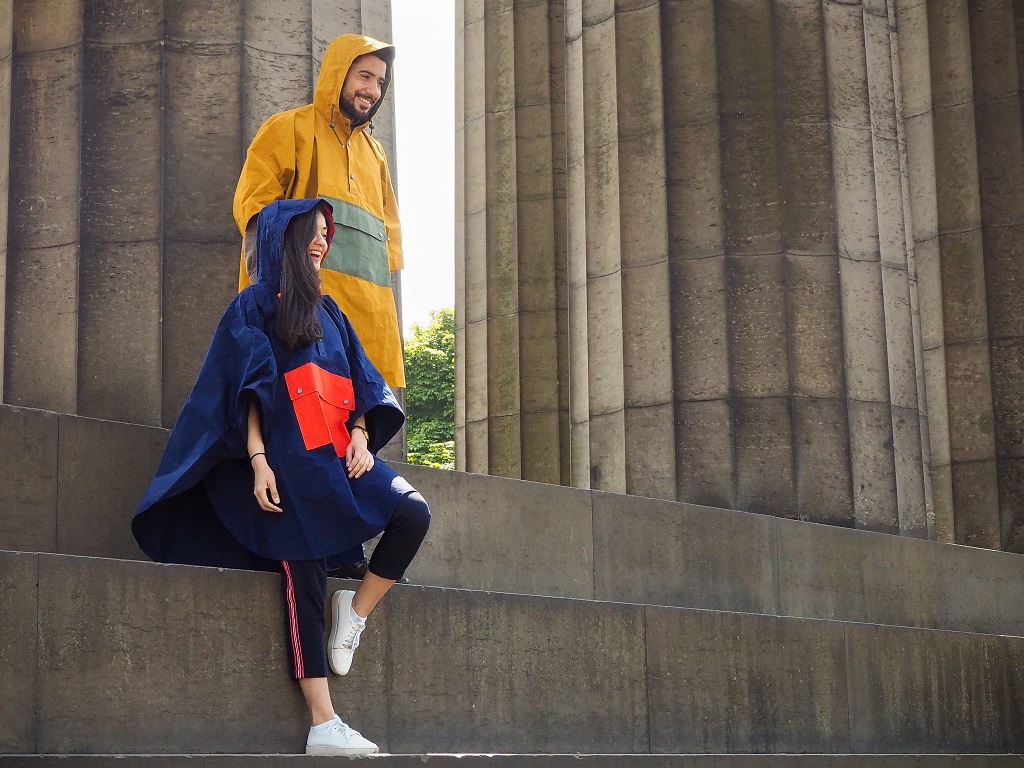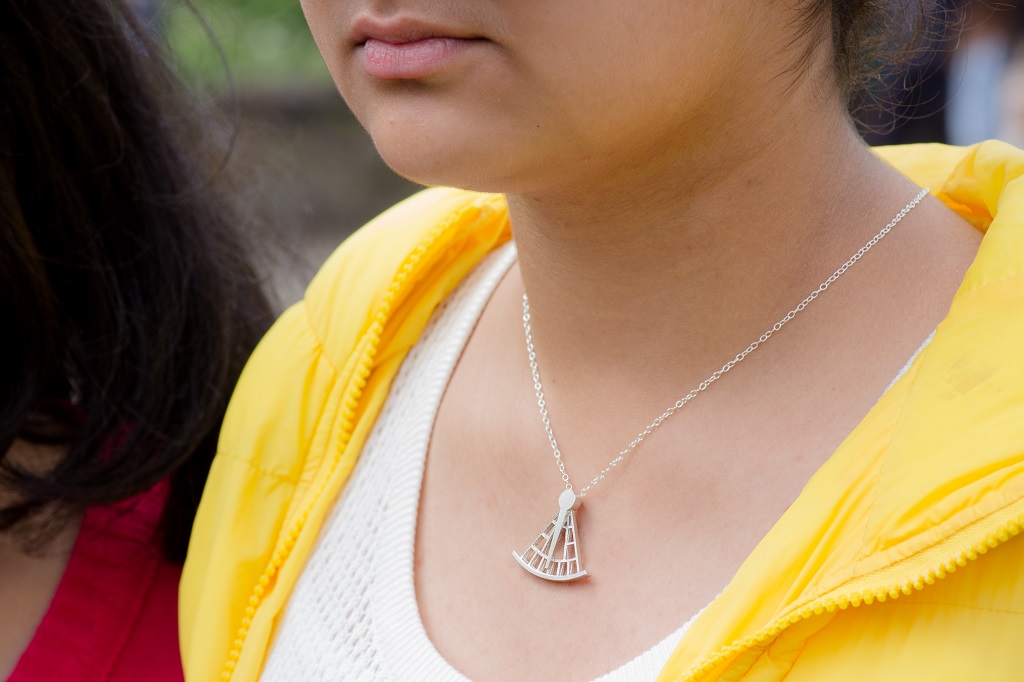
Artists and designers create ‘alternative’ souvenirs
Five artists have been invited to reimagine Scottish souvenirs as special commissions.
Collective Matter x Panel is a collaborative project from Collective and design curators Panel. Working together they want to re-imagine how cultural organisations can work collaboratively with artists in a retail context.
Established in 1984, Collective has long supported new work by artists who are at a pivotal stage in their development. Through a programme of exhibitions, walks, and events Collective presents contemporary art in all its diversity. Panel is led by design curators Catriona Duffy and Lucy McEachan. Based in Glasgow, Panel promotes design and craft through exhibitions, events and cultural projects.
Panel invited five artists to explore the trend of souvenir production by partnering with manufacturers to create products with a connection to place, people and purpose.
Artists commissioned are Mick Peter, Rachel Adams, Alan Dimmick, Katy West and Katie Schwab and their limited-edition creations form the centrepiece of Collective’s retail offering ‘Collective Matter’.
It takes on the idea of the gallery souvenir by inviting the artists to create batch-produced products that have a connection to Collective and their locality rather than mass manufactured homogenous offerings.
Situated on Calton Hill, a tourist hotspot and one of Edinburgh’s most recognisable landmarks, visitors will now have the opportunity to buy products that have been made by artists in a collaborative process with established makers and manufacturers.
The Collective Matter x Panel Collection features:

Stargazers Scarf by Mick Peter
Stargazers Scarf by Mick Peter. A collaboration with Alex Begg & Company. £265.
The Stargazers scarf is inspired by an extraordinary collection of newspaper cartoons that were collected by people who worked at the Calton Hill Observatory over the years. The scarf recalls twentieth-century newspaper cartoons in its use of black and white with grey mimicking a halftone pattern used for shading. Invariably, all these newspaper cuttings depict bearded professors whenever there is a drawing of a telescope, whereas women are shown working as ‘human computers’, which at the time almost the only role for women in the field of astronomy. Mick’s work is intended to make us think about the changing roles for women in science since these images were published. By transplanting these women from their computer screens to the observatory they take charge of a telescope and a desk full of charts.
Constellations Necklace by Rachel Adams. A collaboration with Elizabeth Jane Campbell. £780. Sextant Necklace – £115.
The three distinct elements of this necklace are wearable individually and as well as when linked together by a single silver chain. Each element like a single star in a constellation. Separately, they suggest a moment from Calton Hill’s history, and when worn together tell its tale. The parts are made using a mix of traditional jewellery techniques and new craft methods or materials, reflecting the position of the hill today; forward looking but tied to and informed by its rich and varied past.

Monuments Mobile by Alan Dimmick. A collaboration with Flensted Mobiles. £22.
A series of black and white photographs form an exclusively customised hanging mobile in collaboration with Flensted Mobiles. They document Calton Hill, the site of Collective’s home within the former City Observatory building and grounds. On first sight, they are architectural portraits of several of the hill’s Enlightenment period monuments and buildings: The National Monument, the Nelson Monument, the Dugald Stewart Monument and the Playfair Monument. To look again is to discover details that reveal a poetic recording of the hill’s everyday activity.
Fair Play – A Set of Ceramic Jars by Katy West. Manufactured by Katy West & Co. To be revealed in 2019.
Calton Hill overlooks the Port of Leith. At one time the observatory on its summit played a crucial role setting the clocks of the ships importing and exporting goods at to and from the docks. Alluding to Scotland’s role in global colonialism, Fair Play is a set of six elegant ceramic kitchen storage jars labelled with key historic Scottish trades. The jars allude to the site’s invisible history and the part it played in imports and exports, weights and measurements, guildhalls and trade unions, and a gradual move towards better practice – fair play.

The Rain Poncho Cape by Katie Schwab
The Rain Poncho Cape by Katie Schwab. In collaboration with Halley Stevensons and Greenhill Clothing. £165.
The Rain Poncho takes British fashion designer Mary Quant’s iconic poncho design as its starting point. However its multi-purpose nature came from an 1887 image by pioneering Edinburgh photographer Thomas Begbie. A chronicler of city life, Begbie’s photograph shows washerwomen leaving their washing out to dry on Calton Hill. The large blocks of fabric form a striking image that became the inspiration for the versatility of this poncho, which can be used as both a garment and a groundsheet. Whether used as a picnic blanket or protection from the rain, the poncho allows visitors to enjoy the hill’s panoramic views in all weathers. From Calton Hill, you can see down to the Port of Leith where disembarking sailors would once have worn flax and cotton capes, which were sailcloth remnants waterproofed with fish oil or linseed.

Curators Catriona Duffy and Lucy MacEachan of Panel said: ‘Objects, such as souvenirs, carry the stories that make up our history. Through the monuments of Calton Hill, we have considered how these stories are transferred to architecture to define a certain kind of civic identity.
‘Contradicting the common structures of mass production and consumption usually associated with the Gallery or Museum shop, this project invites audiences to consider quality making and material value. It tests, through making, innovative and ethical mixed-economy models that sustainably support practitioners, and the infrastructure of cultural institutions. Collective Matter x Panel is the latest in a series of Panel projects that invite us to see the world in a new way through the eyes of artists and designers.’
Kate Gray, director of Collective, said: ‘Since our beginning, Collective has always valued our relationship with artists. An artist’s practice is often far broader than is visible in any one exhibition – and this collaboration has enabled us to find new ways of connecting with artists who we have worked with in the past.
‘From here, the project has helped us to discover different potentials of artists’ practice that could be present in people’s everyday material surroundings. Collective aims to work with artists who want to engage with people and places in order to bring new ways of thinking and producing to light. By inviting artists to engage with our locality, we believe we can show that souvenirs can connect meaningfully to place, memory and material culture.
‘A high proportion of our visitors are made up of people visiting the city from elsewhere, so we felt that souvenirs from the hill were an obvious place to start for our shop. We wanted to offer a different take on the typical Edinburgh souvenir by thinking about these many ways that Calton Hill was and is inhabited and used. It is important to us that the objects are relatable for locals too, offering a unique memento of their city that they can keep for themselves or pass on to others.’
Collective opens officially on Calton Hill on 24 November at which point these products will be available to purchase on site. You can currently pre-order HERE.
TAGS

